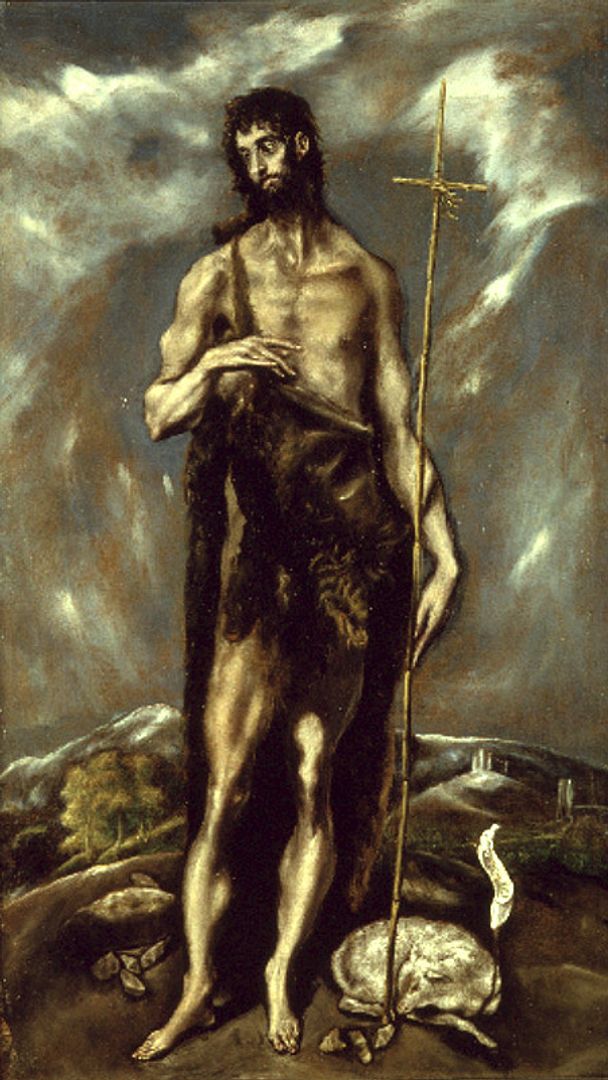St. John's Church in Gdańsk
8.33

Overview
St. John's Church in Gdańsk is a Gothic temple located in the Main Town, considered one of the city's most important monuments. The history of the church dates back to 1358, when the first mention of a small chapel appeared. Between 1360 and 1415, the construction of the three-nave temple took place, and in the 15th century, it gained the status of a parish church. It is worth mentioning that the church converted to Lutheranism in the 16th century, which led to the loss of many valuable altars, replaced by the main altar created by Abraham van den Blocke. The church was rebuilt multiple times, and its tower, which reaches 47 meters in height, was a source of structural problems due to unstable ground, resulting in its reinforcement with buttresses in the 17th century. In 1945, the temple was damaged by fire and was not immediately rebuilt. Since the 1990s, the church has gained new life as a cultural center, and masses are held regularly. Architecturally, the church is a three-nave hall church with separate roofs for each nave. The Renaissance polychrome of the main altar and rich furnishings, including Baroque epitaphs, tombs, and unique 17th-century organs, are particularly valuable. Archaeological discoveries during reconstruction revealed medieval polychromes and decorative fragments, deepening the impression of the site's historical significance. As part of conservation efforts, the church has been equipped with modern amenities such as underfloor heating and a professional space for organizing cultural events. The church is not only a place of worship but has also become an artistic space hosting theater performances, vernissages, and festivals. An interesting fact is that the original clock bell returned to the tower after renovation, and efforts are ongoing to find decorative elements lost after 1945, such as the lion-shaped door knocker. St. John's Church bears witness to Gdańsk's rich history and diverse cultural heritage.
Location
2025 Wizytor | All Rights Reserved